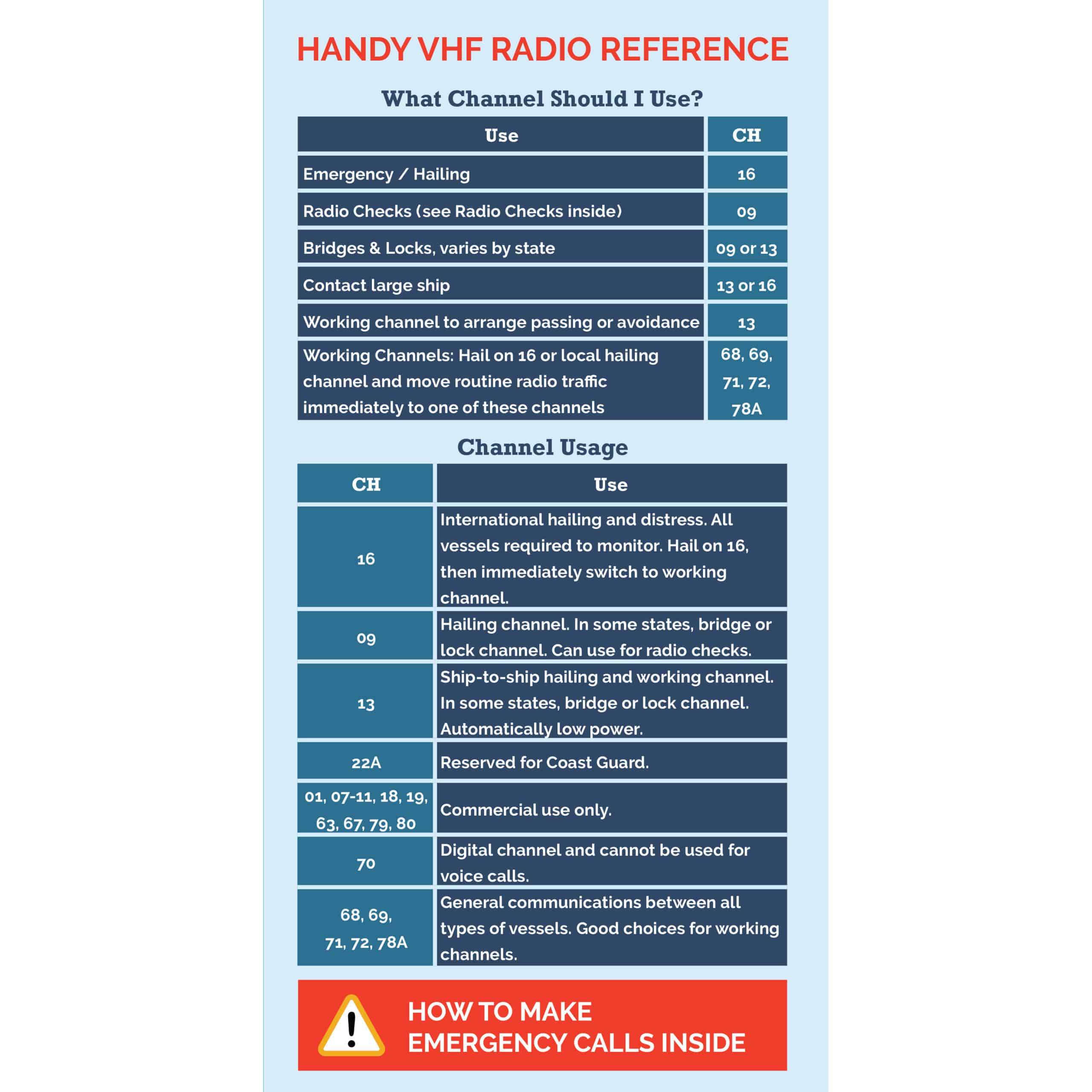On our vessel, Barefoot Gal, we ripped out our standard marine head and replace it with a Nature’s Head composting toilet. (Note: should you decide to get one, using the links here will get you an automatic $25 off at checkout). So, how did we like it? And is a composting toilet a good choice for you?
Composting Toilet Experience
Bottom line: we were happy that we made the switch. But there was more of a learning curve than we expected. And in talking to numerous other people with composting heads, that seems to be the case for well over half of new owners.
We liked it for all the reasons we thought we would. It requires no holding tank (ours was tiny). No more pumpouts. Virtually no smell. And our composting toilet gave us the ability to be in remote places for long periods.
But it took us eight months to get to that point. And at times we wondered if we had done the right thing. Did everyone just say they liked their composting head to justify having bought one?
What We Wish We Knew First
Here is what we wish someone had told us when we first began using the Nature’s Head. Hopefully, it will help others who have installed one or are thinking of doing so.
IMPORTANT: I have written an updated version of this post where we’ve improved things even more. I’ve noted the changes below, but suggest reading the updated one instead: Composting Toilet Tips.
Composting Medium
First off, it’s important to know that we used coconut coir as the “composting medium” as opposed to peat moss.
- Coconut is easily renewable (it’s coconut husks) while it takes millions of years for peat to form.
- Coconut coir is much more compressed than peat moss, so it takes a lot less space to store.
- Peat moss can come with bugs in it . . . coconut doesn’t.
Coconut coir has to have water added to it and then be crumbled up before use. It expands tremendously as water is added. So here’s the dilemma: add too much water and you’ll have a foul seepage around the crank handle; don’t add enough and it will absorb water from the waste deposits and expand and overfill the compartment so that the handle won’t turn.
We had both problems as we tried to figure out the system. At first we added the amount of water stated on the coconut package for reconstituting it to use in a garden as a soil additive . . . which was way too much. We were then told to use just 5 cups of water per brick . . . but given no size or weight info on the “brick.” That was way too little. Finally, we were able to find out exactly how much water someone was using for a specific weight brick and were able to extrapolate from there to our bricks:
- We now use 18 cups of water for one 2.75-pound brick. [UPDATE: based on some reader comments below, we now use just 1 cup of water per 2.75 pound brick, and initially fill the composting bin about 2″ short of the agitator.]
- We use the “Beats Peat” coconut available on Amazon and each “brick” (one quarter of the total package) is 2.75 pounds. (Update: If this product isn’t available, here’s a similar peat product with smaller “bricks.” One benefit is that they are easier to store in a variety of boat crevices.)
- We have learned that it will still absorb some moisture from the waste, and instead of filling the composting bin level with the agitator (as directed by Nature’s Head when using peat moss), we fill it to about 1” below the agitator. [Se update above for new level.]
- Sometimes, after about a week, we have to open the bin and use a stick to dig the compost material out of the corners and get it into the mix. [UPDATE: Since using only 1 cup of water, we don’t have to do this.]
NOTE: We do not put toilet paper into the compost bin. It takes up space and can tangle with the agitator. We never put paper in our regular marine head, so it wasn’t a big change for us.
How Often to Change
We have learned to change the composting medium at about 3 weeks, or 21 days. There are two of us aboard full-time. We’ve tried letting it go longer but frankly, it was pretty nasty to change. By changing it sooner, it’s a lot nicer job. Pre-purchase, things we read led us to believe that we’d get 30 days between changes. My guess is that those people perhaps work ashore. Other brands, number of people and so on will require a different schedule . . . but the bottom line is that if it’s nasty job, you’ve let it go too long. Try a shorter interval.
Now that we’ve got the procedure down and aren’t having to clean up a mess because of too-watery coconut, it takes us about 30 minutes to change it.
Composting
If you are using the unit full time, it will not be anywhere close to composted when you change it. This is a misnomer. Unless it goes into a compost bin for considerably longer, it is not compost. Even if it is left long enough to compost, it should never be used on food crops.
Bugs
By not using peat, we’ve cut down on the bugs considerably. But let’s face it, we live in the tropics. There are bugs. And they love poop. Anything you read will tell you to use various amounts of diatomaceous earth to get rid of them (see what we bought on Amazon). It did not solve the problem for us and apparently for some others we know in the tropics.
Oh, we still use some diatomaceous earth as we don’t know if the problem would be worse without it, but a friend told us of another product that has helped far more: Rid-X Septic Tank Treatment Packs (Amazon). We use 1/2 of a pack at a time and mix it into the fresh compost when we change it. It’s a dry powder that helps the waste break down faster, the theory being that bugs aren’t interested in the waste once it starts to break down.
Ventilation
We hooked the vent hose up to our old pump out port and put a mushroom vent on it. Nature’s Head comes with a fan that is wired into our 12-volt system and draws next to nothing. Three things that we’ve learned:
- It’s easy when you lift the seat to remove the urine container to slightly dislodge the electric plug for the fan. Any time you lift the seat, check that the plug is secure and that you can hear the fan running.
- SHUT THE MUSHROOM VENT when underway (also unplug the fan). If you take a wave over it, the water could swamp the compost . . . and friends who got water down the hose had it cause their vent fan to stop working. (Carrying a spare fan wouldn’t be a bad idea . . . we’ll get a spare when we’re back in the US.)
- Periodically clean out the vent intake and fan on the seat and on the deck fitting if it’s screened. You want all the air flow you can get.
Smell
There is very little odor associated with the composting head, but there can be a little when the compost bin has been open while emptying the urine or when changing the compost (or if you have a problem with urine getting in the compost or too-wet compost). There can also be a little smell when we’re underway and the vent is turned off.
Instead of air fresheners, we found a product we like much better: Med-Aire Biological Odor Eliminator (Amazon) – it was designed for hospitals, nursing homes and the like to actually remove odors instead of covering them up. I also use a quick squirt of it in the trash can where the used paper goes. An 8-ounce spray bottle lasts us over a year. (It will also remove odor due to seasickness and almost anything else that’s “biological” including dog and cat odors.)
Conclusion
Almost everyone, it seems, has problems getting the coconut/water ratio right to begin with, and most internet sources just give descriptive terms such as “moist” or “not wet” or “quite dry.” Those are all very subjective and we found them not helpful. Even the YouTube videos we watched of someone preparing coconut coir didn’t give a “recipe.”
Once someone told us their mix ratio, 90% of our problems were solved. It’s also important to use less coconut in the initial fill than peat moss, as coconut swells as it absorbs water and peat doesn’t.
Someone asked me about the “yuck” factor of dealing with emptying the urine bottle and changing compost. We find both to be far less objectionable than changing joker valves, pumps and hoses on a traditional marine head . . . all of which occurred with annoying frequency. Those parts also cost considerably more than the coconut we use. Finally, dumping urine or changing coconut are relatively quick jobs compared to many of those on a traditional head and, if something else is going on, changing the compost can be put off a day or two. If a traditonal head has a blocked hose, sorry – it has to be fixed right then.
The benefits of the composting head are tremendous and will pay off for years. We don’t regret switching at all and recommend the Nature’s Head brand (admittedly, we have no experience with other brands). It is so much better than dealing with a traditional marine head . . . and we now have two fewer thru hulls!
Flatten the learning curve with practical how-to info that gives you the confidence to step into life aboard.
Start Learning Today

Carolyn Shearlock has lived aboard full-time for 17 years, splitting her time between a Tayana 37 monohull and a Gemini 105 catamaran. She’s cruised over 14,000 miles, from Pacific Mexico and Central America to Florida and the Bahamas, gaining firsthand experience with the joys and challenges of life on the water.
Through The Boat Galley, Carolyn has helped thousands of people explore, prepare for, and enjoy life afloat. She shares her expertise as an instructor at Cruisers University, in leading boating publications, and through her bestselling book, The Boat Galley Cookbook. She is passionate about helping others embark on their liveaboard journey—making life on the water simpler, safer, and more enjoyable.










Beacon Hill Ben says
All my friends are quite capable of tying a knot in a bag. If you can’t dump overboard, you use the bins in the marina. Our storage bucket (out in the garbage hold, not in the cabin!) can store 3 weeks worth of ‘baggies’ but I hope not to keep it that long.
Tom Geren says
This is hardly new technology. Folks have been dumping in plastic 5 gal containers lined with plastic since plastic material was invented in 1967 as characterized in the famous Mike Nichols’ movie, “The Graduate.”
Hugh Burton says
For Canadians, we found coir in stock at the Home Hardware. HH is really good at ordering in product so access is good.Will be switching to it when we do the next changeover.
Matt says
Thanks, Carolyn!
John Winger says
Thank you all for the information!
I’ve come up with the following composting recipe and I have my fingers crossed it will work for our Natures Head…
In Each 1 gallon Freezer Bag combine:
2 cups diatomaceous earth
1 heaping tablespoon of Rid-X
Enough Peat Moss or other medium to fill the rest of the bag
I made up four bags and placed two in the toilet. Time will tell. Thanks again!
Carolyn Shearlock says
Thanks — Please provide a follow-up report in a couple months! 😎
Ellie says
We just purchased a new to us beautiful sailboat. The only timing I don’t like about it is the Nature’s Head. I’d rather change joker valves and hoses. That being said there is also a second head so we have that option. It’s the dumping it and seeing maggots and such in it that no one talks about. And the fact that if we ony had that head we would as liveaboards be dumping the urine daily bec it does smell. Tomorrow we take the plunge an try peat moss with it. I hope I like it better then the coconut coir. All good advice from you as always!! Thank you!!!
Carolyn Shearlock says
If you’ve got maggots, you need to change the material more often. With two of us aboard, we had to dump urine every other day. We found that this Urine Digester worked really well to deodorize — just add about 1/4 c. to the urine container after you dump it (and always rinse it out after you dump it): https://amzn.to/4gydu0e